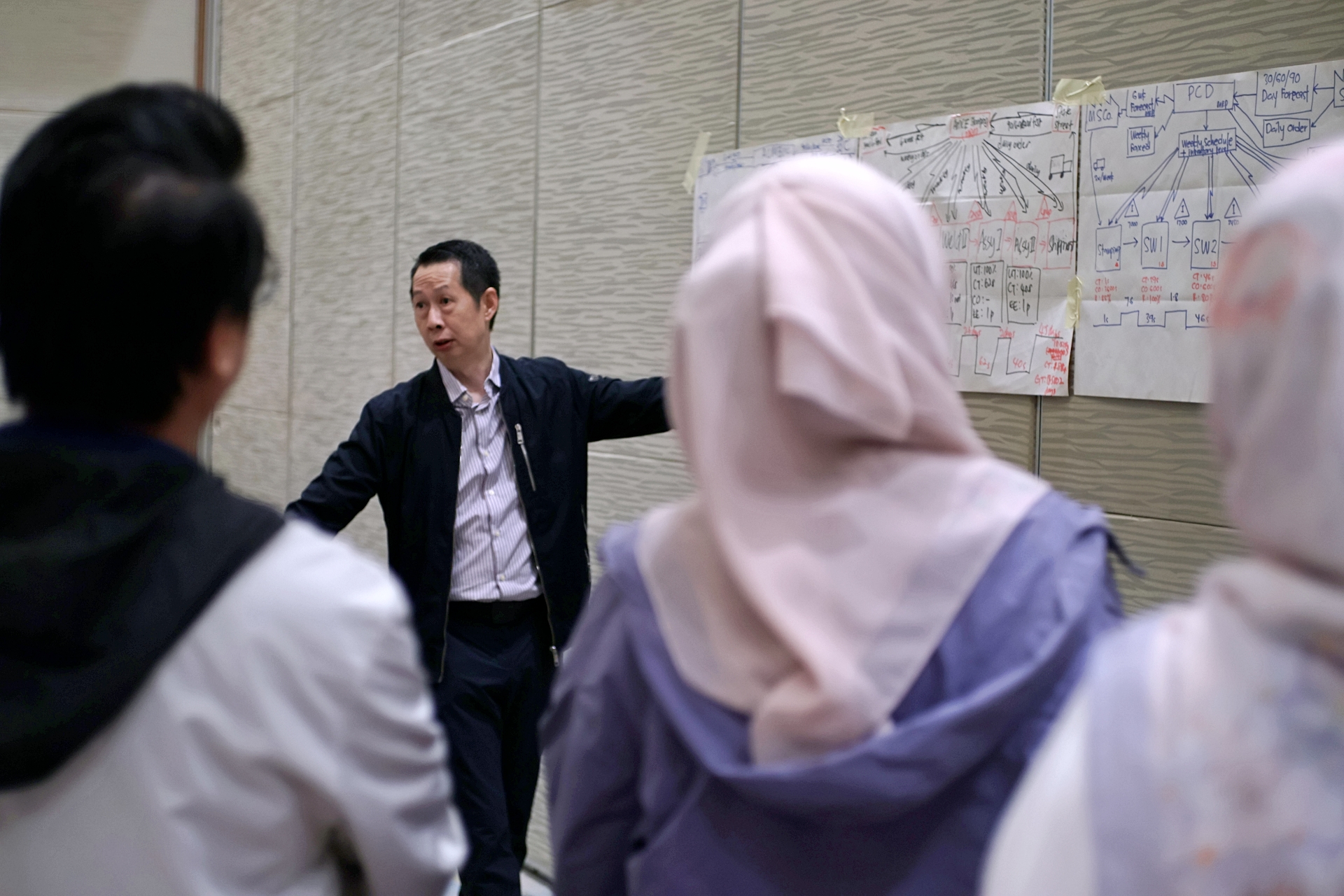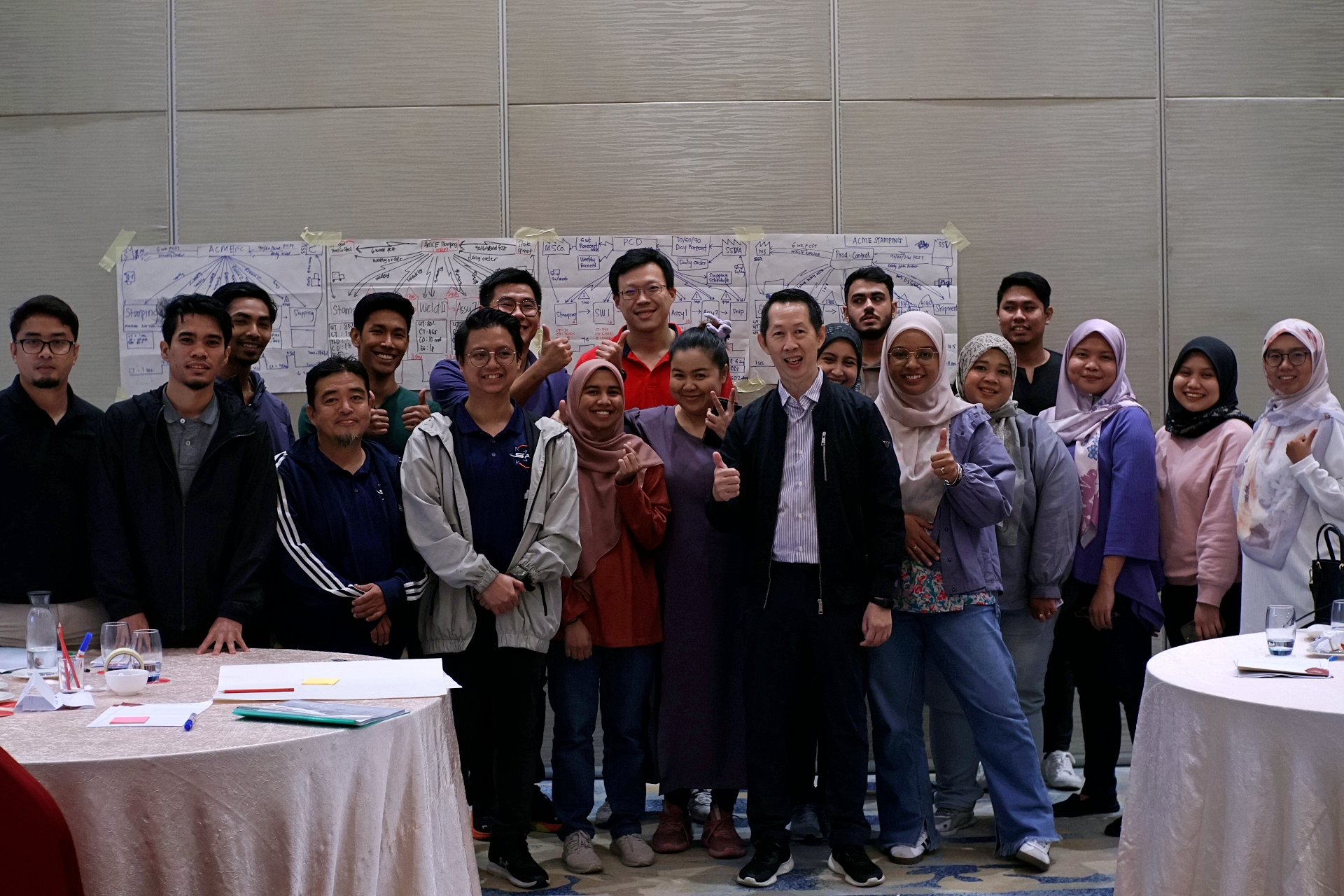Whether you’re picking up a new skill or diving deeper into your expertise, one thing remains vital: active participation.
When we engage—ask questions, collaborate, and share insights—we’re not just consuming information; we’re integrating it.
Participation helps us:
- Retain more – Actively engaging with content strengthens memory.
- Apply knowledge – Putting ideas into practice builds real-world understanding.
- Stay motivated – A supportive learning community fuels progress.
Remember, learning isn’t a spectator sport! The more we show up and contribute, the more we grow. 🚀

In any learning journey, active participation stands out as a powerful tool for mastering new knowledge and skills. Unlike passive learning, where information is absorbed without interaction, active learning requires us to engage fully—by asking questions, contributing to discussions, and applying concepts in practice.
This kind of involvement goes beyond surface-level understanding; it fuels personal growth, enhances comprehension, and creates a collaborative learning environment that benefits everyone involved.
Here’s why participation is crucial and how it can transform your learning experience:
Enhanced Understanding: Deepening Comprehension Through Engagement
Engaging in discussions, activities, or group projects can significantly improve understanding. When learners participate actively, they are forced to process information, think critically, and articulate their thoughts. This deepens comprehension, as we are not merely receiving information but are actively interpreting and analyzing it.
In many ways, discussing and questioning ideas helps solidify concepts that might otherwise be forgotten or misunderstood. Engaging with others also introduces new perspectives, expanding our understanding and enabling us to view the same information from different angles.

Increased Retention: Making Knowledge Stick
Studies consistently show that active learning leads to higher retention rates. When we engage with content through interactive activities, we create stronger mental connections to the information. Techniques like summarizing what we’ve learned, discussing concepts with peers, and teaching others can make the knowledge “stick” much better than passive methods like reading or listening alone.
This is because active participation demands mental engagement, which solidifies the information in our long-term memory. When we need to recall information later, these reinforced connections make it much easier to remember.
Collaborative Growth: Enriching the Learning Experience for All
Learning within a group setting can amplify the benefits of participation. By sharing insights, asking questions, and giving feedback, participants help each other to explore topics in greater depth. This creates a rich, collaborative learning environment where everyone benefits. When learners contribute actively, they bring in diverse viewpoints and experiences that make discussions more dynamic and impactful.
Even disagreements can be valuable, as they encourage participants to consider new perspectives and strengthen their reasoning.

In today’s fast-paced world, where skills and knowledge are in constant demand, the way we learn matters more than ever. Active participation turns learning into an interactive, meaningful process that not only enhances understanding but also builds valuable life skills. Whether you’re in a classroom, a workplace training, or an online course, remember that your involvement can shape your experience and your outcomes. Embrace the opportunities to engage, ask questions, share your thoughts, and dive into discussions.
After all, learning is not a passive pursuit; it’s an active, ongoing process that grows richer with every contribution we make. So, let’s participate, collaborate, and make the most of every opportunity to learn.






Responses to “The Key to Effective Learning: Participation!”
[…] competitiveness. In this Planning and Organizing training program, your leaders will learn the practical method and tools to plan and organize their tasks as well as their team to achieve the organization’s […]
[…] Learn Together – Join communities, take part in discussions, or partner up with peers. Learning is more fun when it’s […]